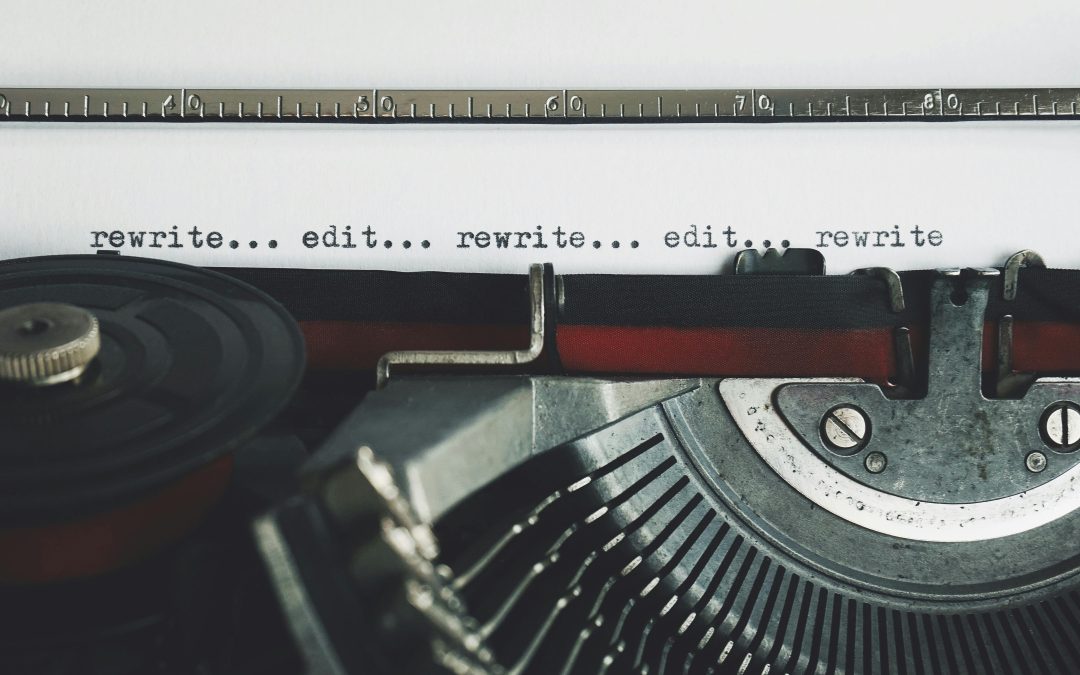Welcome to Hen House Publishing, your one-stop solution for bringing words to life. Whether you’re looking to craft compelling content for your business, weave an enchanting tale, refine your manuscript, or elevate your page aesthetics, we’ve got you covered. From tailored content writing and meticulous editing to stunning page design, comprehensive manuscript critiques, and seamless assisted publishing, our services ensure your stories aren’t just told—but celebrated. Dive into our diverse offerings, and let’s craft something unforgettable together.
Our Next Roost

Presented by The Book Treehouse
Hens Lay Eggs

Movin’ right along
I contacted my editor to let her know I’ll have another manuscript for her soon. I gave her the information she needs. Since she’s worked with me for about 10 years, she knows what I write, so I don’t have to give her all the information I advise writers to provide.
The information I provided to her:
1. The series name: This is the last book in the Triune Alliance Brides series. She edited the first three, so she’s familiar with it.
2. The estimated word count: 50,000. However, the manuscript has already exceeded that and will likely hit 60,000. I doubt it will reach 70,000. She’ll get an update before I send her the manuscript.
3. The desired date for completion of editing: November 30. She let me know her schedule, and I know how fast she edits. I promised to send her the manuscript no later than November 15. This puts pressure on me to finished writing the story and to make sure it’s clean before sending it to her. The goal is to publish before Christmas.
Normally, I would advise authors to set the manuscript aside for a good long while before returning to it and going through several rounds of self-editing and then hiring an editor. However, I’ve got over 30 books published and know what I’m doing. Experience has its advantages.
So, what’s left for me to do besides finish the story?
1. Contact the cover designer. I sent a message to the cover designer who did the covers of the other books in the series. This is important for visual cohesion.
2. Finish writing the story then setting it aside for a few days before going through the self-editing process. (Yes, I do go through rigorous self-editing, but at a speed expedited by lots of experience.)
3. Alert my marketing team and providing them with the front cover artwork, back cover copy (which I have yet write), and draft manuscript for use in their pre-publication marketing effort.
Time’s a-wasting!
